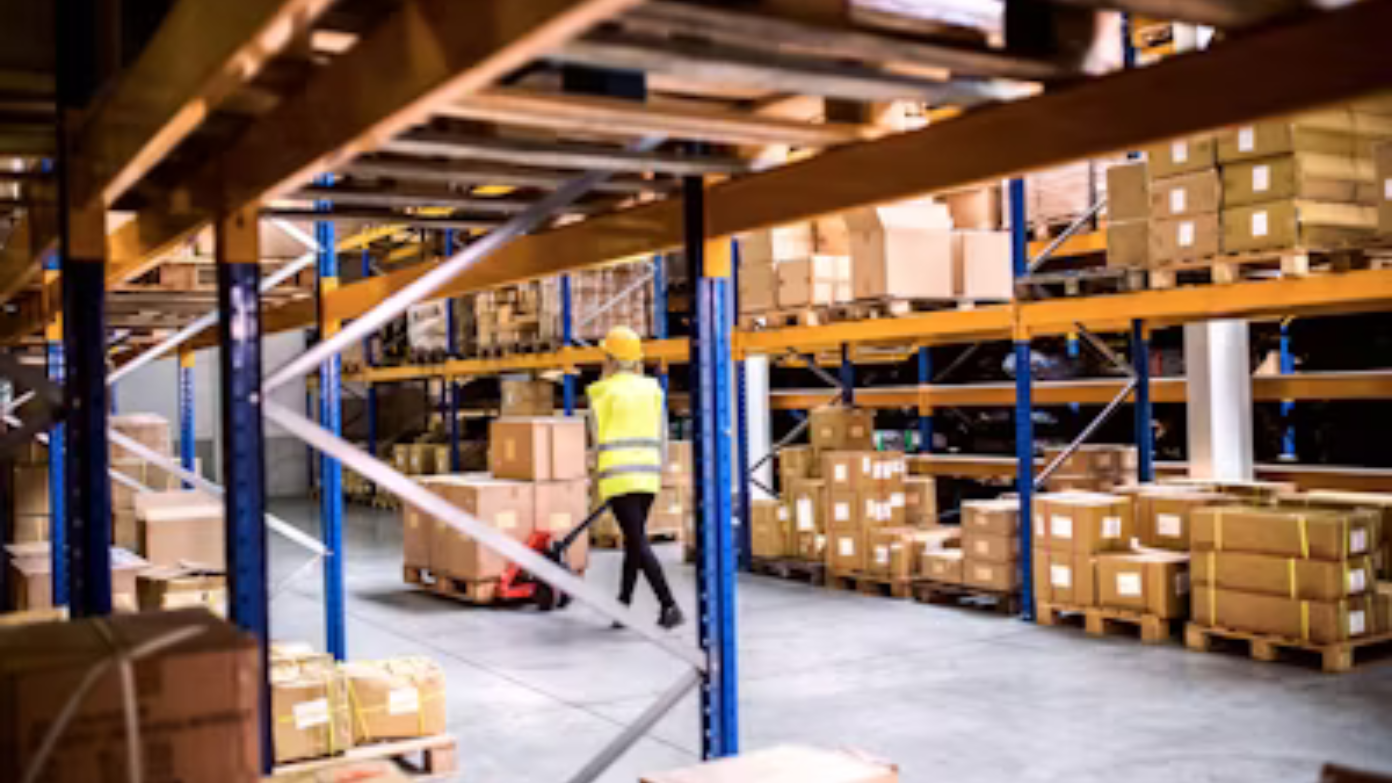Amazon Prime Day 2025, which takes place between July 8 and July 11, is one of the largest retail days of the year, estimated to amount to approximately $23.8 billion in sales. This year, though, is confronting record difficulty in the wake of the new tariffs by President Donald Trump’s trade policy, which has brought uncertainty on both sellers and consumers.
Tariffs and how they have affected Amazon’s Pricing strategy
Starting February 2025, the United States government levied a 10% retaliatory tariff on Chinese imports, above already existing duties, taking the overall tariff burden on most products over 30%. Although there was a temporary reduction in tariffs to 10% from mid-May until August 1, 2025, the upcoming end of this reprieve during Prime Day has triggered a “buy now or pay later” scenario among consumers.
This tariff regime is prompting price hikes on a significant portion of the imported items, including electronics, apparel, and home goods that account for a significant portion of Prime Day bargains. Amazon sellers, who depend largely on Chinese-based supply chains, are being burdened with higher cost and logistics difficulties, leading to some increasing prices or cutting discount depth for the sale in order to maintain margins.
Consumer behavior: Resistance and compulsion
Surveys indicate a chasm in consumer attitudes:
- Approximately 25% of consumers will avoid Prime Day because of tariff-induced price anxiety.
- Almost 57% say that they will be more price-conscious, taking advantage of discounts under the pressure of inflationary forces.
- Approximately 32% are holding out for non-essential or expensive purchases due to tariffs.
Notwithstanding this reluctance, the postponement of the tariff has sparked demand ahead of Prime Day, with shoppers hurrying to purchase ahead of prices increasing again. This has helped Adobe predict sales growing 28.4% year on year, while offering discounts of 10-22% on electronics and 24% on fashion.
How Amazon is navigating the tariff challenges
In order to combat tariff-driven inflation and keep consumers interested, Amazon has made some tactical initiatives:
- Extending Prime Day from two to four days so that consumers get more time to shop and sellers get more time to inventory manage.
- Concentrating on super-aggressive promotions and price cuts, such as reduced-priced Prime membership for younger shoppers with cashback rewards.
- Attempting to reach tariff-insensitive areas like subscription services and third-party sellers less vulnerable to import tariffs.
Amazon also weighed displaying tariff prices on product pages but chose not to after political outcry, so customers won’t see tariff information but will feel the pinch in the bottom line.
Seller challenges and discount limitations
Most Amazon third-party sellers, who collectively sell an estimated 60% of goods on the platform, say that they have struggled to provide deep discounts this year. The additional tariff charges, combined with ongoing supply chain disruptions and increasing shipping costs, have trimmed seller margins.
Certain retailers have chosen to cut back participation in Prime Day price cuts or raise prices to offset tariff effects. That retail reserve may cap the size of the deep discounts consumers anticipate, particularly on China-origin goods.
Which products are most impacted?
Electronics and computer gadgetry are two of the most tariff-bracketed items, resulting in fewer price cuts or increased prices.
Clothing and homewares also experience significant tariff effects, saving an average of about 24% but with base price pressure going upwards.
Items already in U.S. warehouses prior to the tariff date do not experience much effect, but items imported in or after August 1 may experience increased costs.
The future for consumers this Prime Day
In spite of tariff-related headwinds, Prime Day 2025 is still a giant saving chance for consumers, particularly if they shop early and strategically. Here is the experts’ tip:
- Shopping now before tariffs hit all-new imports in full force.
- Picking carefully between prices, as not all vendors will necessarily provide deep discounts automatically.
- Monitoring bargains in tariff-immune categories such as digital content and domestic goods.
- Leveraging the longer event window at Amazon to browse at one’s leisure.
Tariffs in the trade policies of President Trump have added complexity and cost pressures that will likely moderate some of the usual deep discounts on Amazon Prime Day 2025.

